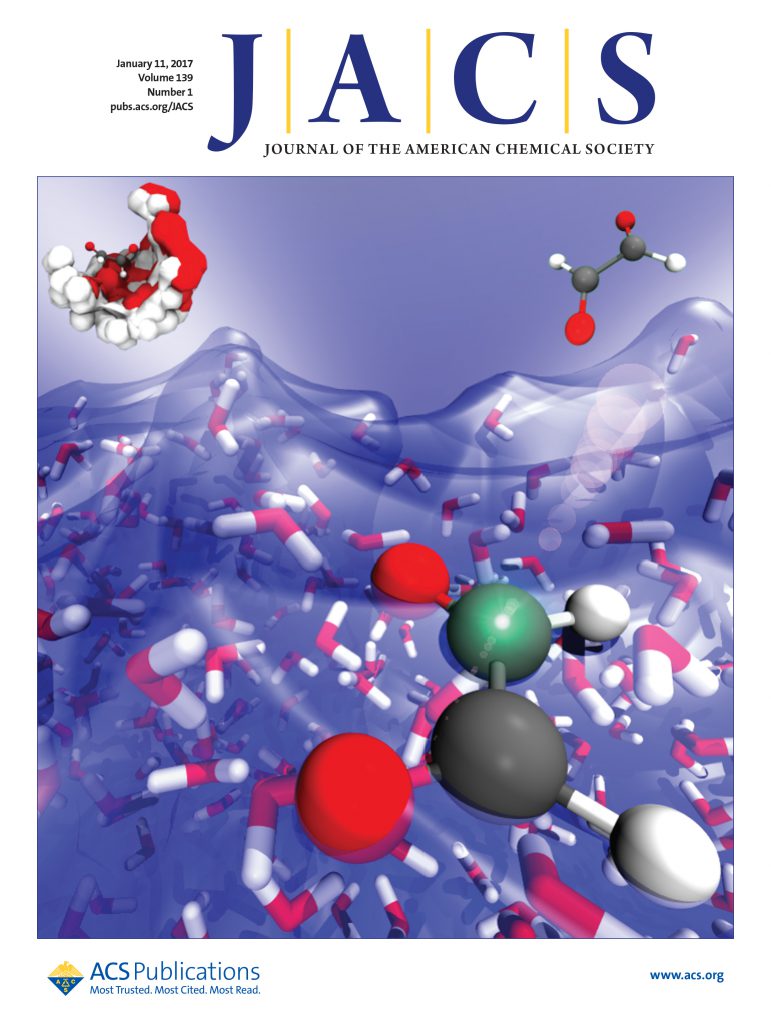Proton-Modulated Nickel Hydride Electrocatalysis for the Hydrogenation of Unsaturated Bonds and Olefin Isomerization
IF 14.4
1区 化学
Q1 CHEMISTRY, MULTIDISCIPLINARY
引用次数: 0
Abstract
Transition-metal hydrides stand as indispensable intermediates in both energy conversion and organic synthesis. Their electrochemical generation represents a compelling sustainable approach, enabling precise control over the reactivity and expanding the scope of electrocatalytic hydrogenation and isomerization. However, a major challenge in Ni-catalyzed electrochemical hydrogenation is the competing hydrogen evolution reaction (HER), which has led to various innovative strategies aimed at circumventing Ni–H formation. Here, we pursued an alternative approach by designing a bifunctional ligand with a pendant amine moiety to promote Ni–H formation. This design enabled selective (semi)hydrogenation of a diverse range of substrates, including terminal and internal alkynes, alkenes, and aldehydes, achieving an unprecedented substrate scope. Remarkably, we also demonstrated tunable positional selectivity for olefin isomerization by employing different types of proton sources. Our hydrogenation and isomerization method also exhibits excellent functional group tolerance, streamlining access to pharmaceuticals and their derivatives. Computational studies revealed the crucial, noninnocent role of the proton source in modulating metal hydride selectivity, either through hydrogen bonding, direct protonation of the pendant amine, or facilitation of protodemetalation.

求助全文
约1分钟内获得全文
求助全文
来源期刊
CiteScore
24.40
自引率
6.00%
发文量
2398
审稿时长
1.6 months
期刊介绍:
The flagship journal of the American Chemical Society, known as the Journal of the American Chemical Society (JACS), has been a prestigious publication since its establishment in 1879. It holds a preeminent position in the field of chemistry and related interdisciplinary sciences. JACS is committed to disseminating cutting-edge research papers, covering a wide range of topics, and encompasses approximately 19,000 pages of Articles, Communications, and Perspectives annually. With a weekly publication frequency, JACS plays a vital role in advancing the field of chemistry by providing essential research.

 求助内容:
求助内容: 应助结果提醒方式:
应助结果提醒方式:


